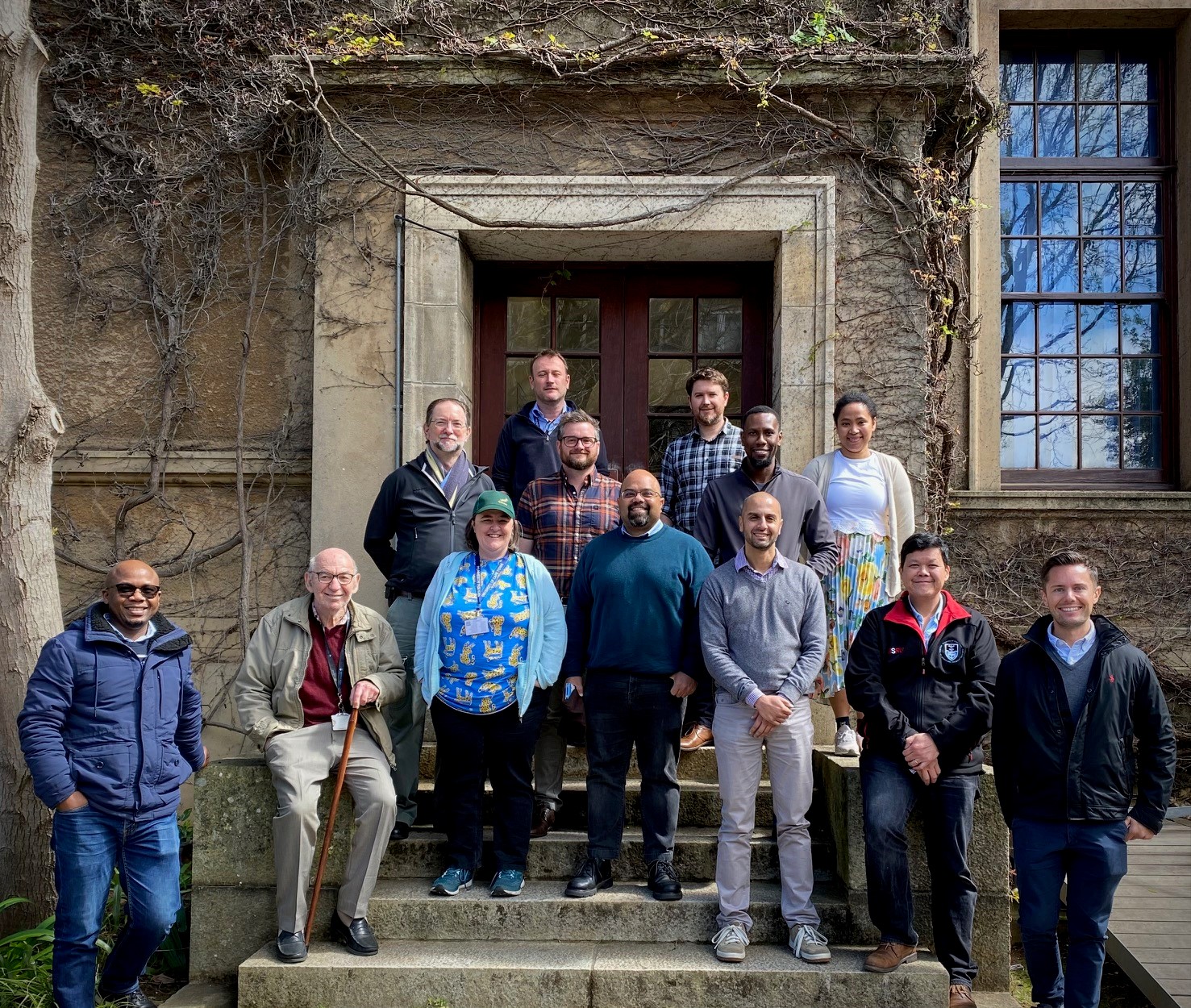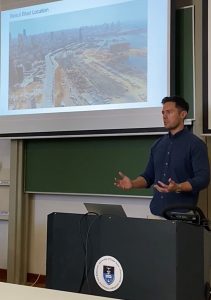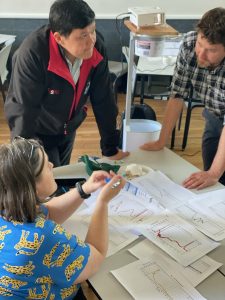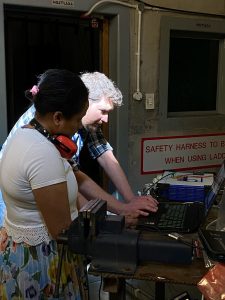
A WUN-supported project investigating how blast waves interact with the urban environment should enable improvements to building design, urban planning and risk assessments. The project’s findings will also inform on-the-ground responders about how to prioritise medical resources to different parts of a blast site.
Researchers collated data about injuries in 2020’s large-scale explosion in the port of Beirut, building an understanding of why some people were injured more than others depending on where they were in the city at the time. They are also conducting experiments in a blast chamber.
“The Beirut blast is a significant case study because it happened so close to such a big built-up area,” says Dr Jack Denny of The University of Southampton, lead researcher of the Building capacity to understand and improve urban resilience to blast threats project team[1]. “Our overall goal is to reduce civilian harm from explosions happening in urban areas when these terrible things happen.”

Researchers are testing the hypothesis that the grain silos next to the site of the explosion shielded the western half of Beirut city. They have tried to replicate the blast and silos at reduced scale to examine how the silos’ shape, structure and rigidity influenced ‘loading conditions’ downstream. Loading conditions affect injury predictions, structural damage and harm.
“We think this is very much at the cutting edge of blast engineering,” says Denny. “Computational models of explosion effects often simplify the problem by assuming that buildings remain fully rigid and intact. We want to verify whether these simplifications are valid once you add the complexities of urban environments. We’re progressing learning from rigid obstacles to frangible structures to understand the impact on loading predictions.”
A workshop at the University of Cape Town (UCT) enabled the team to analyse data from pilot and early experiments together. “Analysing the data as a group was certainly more fruitful and allowed us to debate whether certain features were experimental artifacts”, says research team member Dr Sherlyn Gabriel, Senior Lecturer at UCT.

Researchers are also running computational fluid dynamics (CFD) models to help design the experiments. Once validated against the experimental data from the blast chamber, the CFD models can be used to gain further insights into the complex loading effects. They offer opportunities to explore other possible scenarios too.
The project demonstrates the value of WUN collaborations: it has enabled early-career and established researchers from the Universities of Sheffield and Southampton to access the operational blast chamber at BISRU (an accredited research centre hosted by the Department of Mechanical Engineering at the University of Cape Town) with colleagues from UCT.

The project will have real world impact, adds Denny. “We can predict the effects of an explosion in an open space relatively easily. But once you move into the urban environment, it becomes more complex: you end up with reflections, shielding and channeling. These can amplify or reduce the loading effects. That means it’s more difficult to predict the extent of structural damage and injuries. And if you can’t accurately predict these, you can’t really begin to design protection strategies or influence policies.”
A new network, catalysed by the project, will continue the research. It will focus on blast engineering experiments and modeling to investigate the influence of the urban layout on blast loading, infrastructure damage, and blast injuries.
What next?
- Sign up to the WUN newsletter to get the latest stories about our members’ research, three times per year.
- For more information about the project click here.
- In December 2023, Denny and colleagues presented to the 26th International Symposium on Military Aspects of Blast and Shock (MABS26), Wollongong, Australia. Read their paper (Denny, Jack, Batchelor, James and Al-Hajj, Samar (2023) Estimating blast exposures from the 2020 Beirut explosion and examining correlation with blast injuries.)
- Gabriel was awarded the WUN UCT/TUoSh Visiting Scholar Programme allowing her to visit the University of Sheffield in May 2024, where she plans to discuss collaborations and research work, alongside Denny, regarding structural frangibility and human response in urban blast environments.
- In May 2023, Denny and colleagues from this WUN network published findings from blast tests exploring the effects obstacle blast interaction at different scales. Read their paper at https://doi.org/10.3390/app13105956
- In March 2023, Denny and IBRN colleagues hosted a workshop in Beirut, Lebanon, focussed on the health system response challenges following the Beirut explosion. Read the workshop report at https://doi.org/10.6084/m9.figshare.25144241.v1
[1] The WUN ‘Building capacity to understand and improve urban resilience to blast threats’ group includes members from the University of Cape Town, the University of Sheffield and the University of Southampton as well as external partners. For more information, see their WUN page.